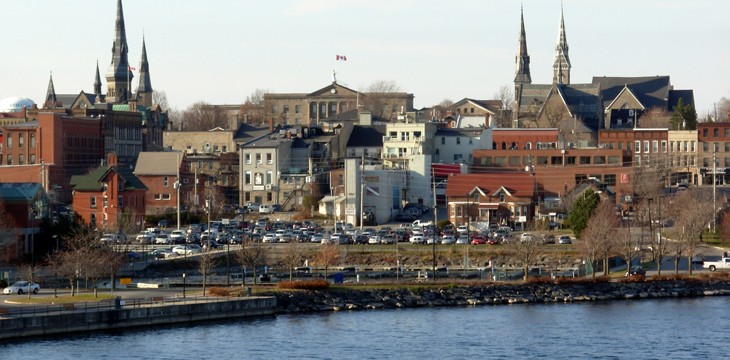
|
Getting your Trinity Audio player ready... |
With global warming on the rise, the need for renewable energy has never been higher. In Canada, a local conservation authority is turning to blockchain technology to facilitate the management of this energy, partnering with blockchain technology firm Insolar on the initiative.
The Toronto and Region Conservation Authority (TRCA) is spearheading the project. Through its Sustainable Technologies Evaluation Program (STEP), the authority will seek to leverage Insolar’s blockchain solutions to protect the local communities even as they become more involved in energy production.
In Ontario, a community of distributed energy resources (DERs) is growing, with the contribution of local energy producers to the grid rising by the day. The authorities have welcomed this group with open arms, viewing it as a crucial strategy to fill the growing gap in electricity supply. Insolar’s Assured Ledger blockchain platform powers a trusted data exchange, a solution that Ontario believes will be “key for making DERs workable at scale.”
The project will especially welcome renewable DERs from sources such as wind and solar, in line with its goal of replacing 30% of its conventional power production with renewable sources in the next 15 years. Data exchange will be critical to the coordination of transactive energy system, the authority stated in its press release.
Gil Admurski, the technical coordinator at STEP remarked, “An effective transactive energy system can maximize renewable energy use and solve the intermittency problem. It can connect and aggregate prosumer DERs, enterprise microgrids, and electric vehicles to the grid. Thus, the energy supply from renewables is managed optimally: it can be stored and redistributed when and where it is needed. This can stabilize grids, reduce peak demand, and make utilities future-ready without having to rebuild their infrastructure.”
The system could also bring in electric vehicles, a sector that’s gaining traction as more people become conscious of their carbon footprint. These vehicles could “act as batteries and feed the power back to the grid,” Admurski explained. To ensure that the supply to the homes and other crucial sectors isn’t interrupted, the owners of these vehicles can be incentivized to charge outside peak load times.
Insolar’s Lesley Czuma remarked, “DLT has immense power to fight climate change and enable green electricity. It coordinates stakeholders, creates real-time data transparency, auditability, and trust—all of which are essential for effective energy demand management.”
The use of blockchain in the renewable energy industry has been ongoing for years now. In Singapore, the national electricity company runs a blockchain-powered marketplace for renewable energy certificates. The Singapore Power Group said during launch that it believed that platform would improve efficiency and transparency. In Spain, leading renewable energy company Acciona Energy also runs a blockchain-powered system for tracing the electricity it produces. The system allows users to verify the source of the energy it produces.

 11-22-2024
11-22-2024


